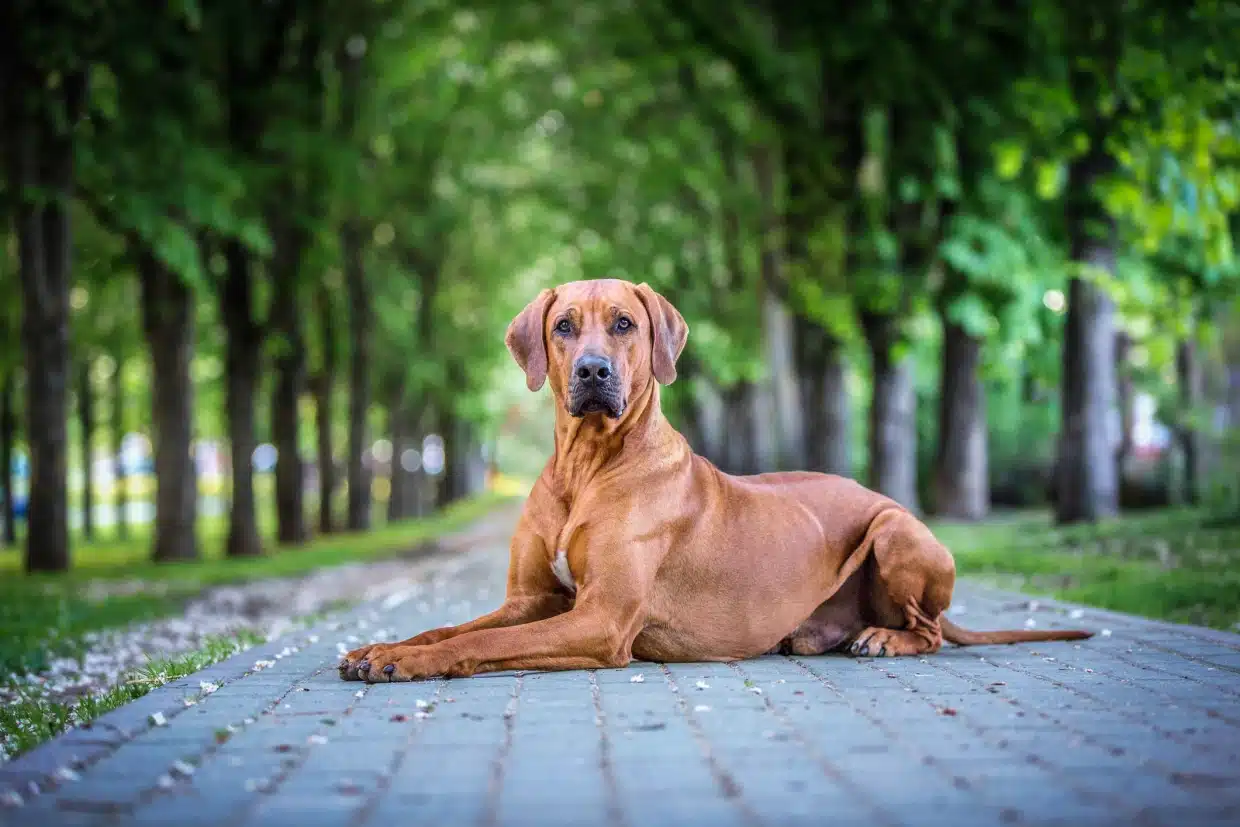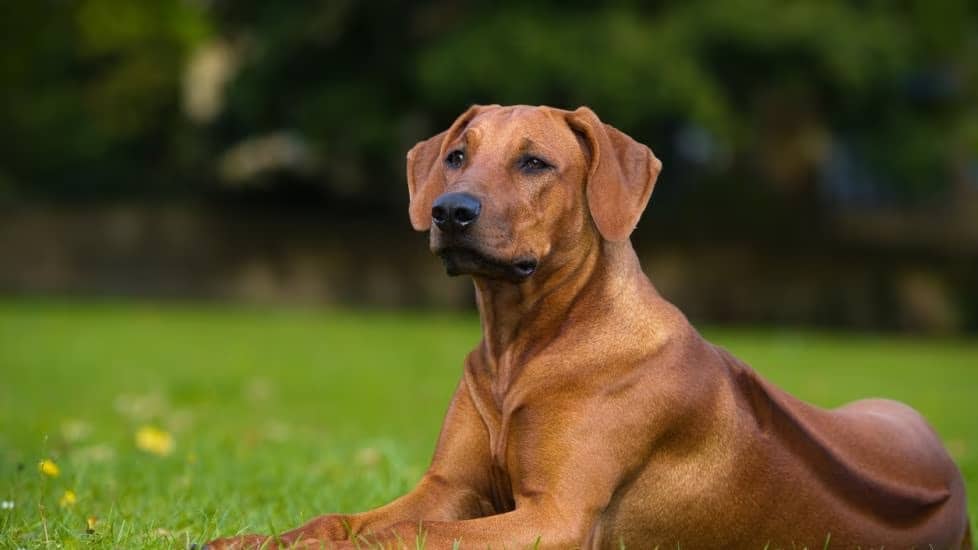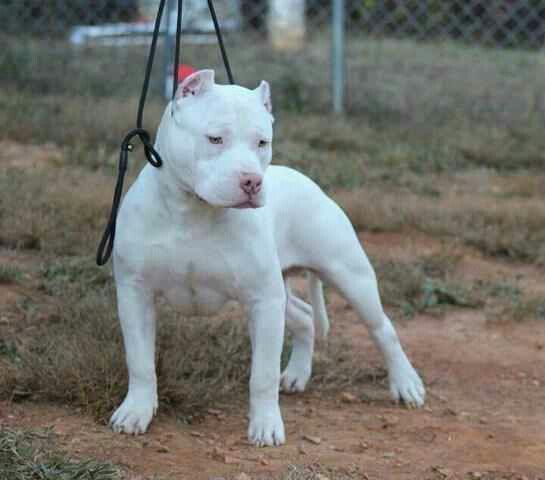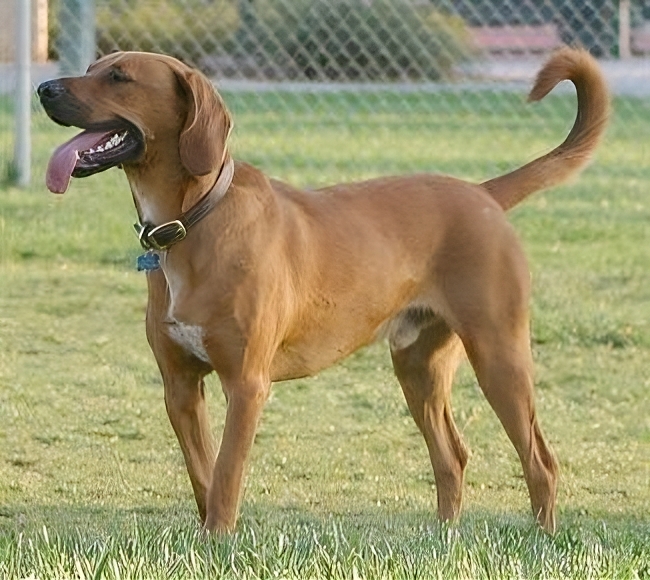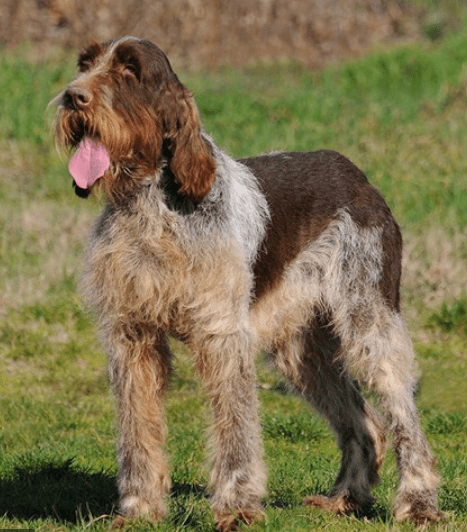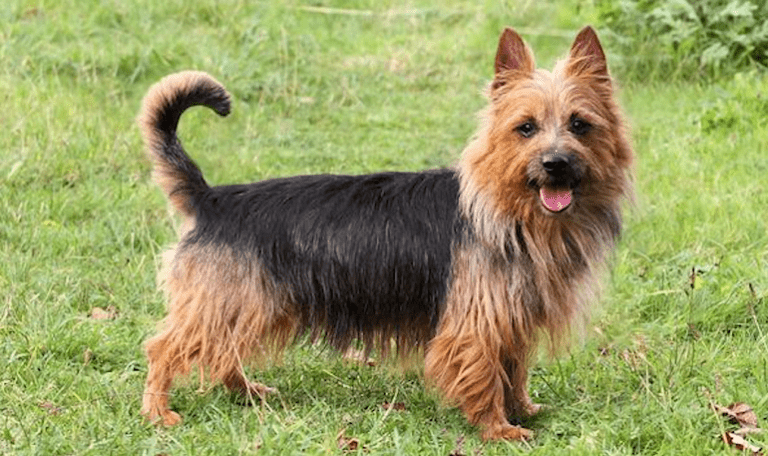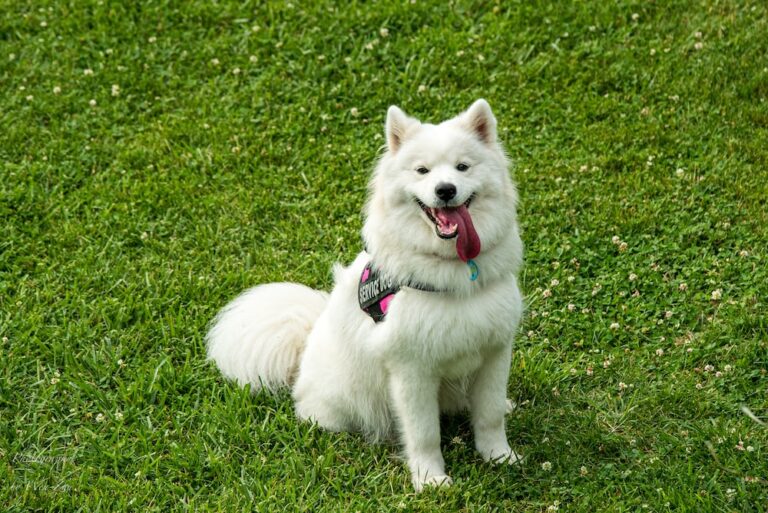The Rhodesian Ridgeback is a distinguished and versatile breed known for its distinctive ridge of hair along its back and its loyal, protective nature. Originating from Southern Africa, this breed was initially developed to hunt lions, which speaks volumes about its courage and strength. If you are considering adding a Rhodesian Ridgeback dog to your family, it is essential to understand their traits, care needs, and the benefits they offer.
Rhodesian Ridgeback Characteristics
| Category | Characteristics |
|---|---|
| Physical Characteristics |
|
| Temperament and Behavior |
|
| Health and Lifespan |
|
| Training and Socialization |
|
| Living Conditions |
|
| Diet and Nutrition |
|
Appearance
The Rhodesian Ridgeback dog is a large, muscular dog with a sleek and powerful build. They have a short, dense coat that comes in shades of light wheaten to red wheaten. The most distinctive feature is the ridge of hair that grows in the opposite direction along their back. This ridge is formed by a strip of hair that runs along their spine, starting from the shoulders and tapering to the hips. Their eyes are typically round and range in color from amber to brown, giving them an expressive and alert look.
Size and Weight
Rhodesian Ridgebacks are large dogs. Males typically weigh between 85 to 90 pounds and stand about 25 to 27 inches tall at the shoulder. Females usually weigh between 70 to 85 pounds and are slightly shorter, standing 24 to 26 inches tall. Their impressive size and muscular build contribute to their strength and agility, making them well-suited for various physical activities.
Temperament and Behavior
Intelligence
Rhodesian Ridgeback dogs are highly intelligent. They are quick learners and can be trained effectively with consistent, positive reinforcement. However, they also have an independent streak, which means they may not always be eager to obey commands if they don’t see the point. This trait makes early training and socialization crucial to ensure they develop into well-behaved adults.
Loyalty and Protectiveness
One of the most notable Rhodesian Ridgeback characteristics is their loyalty and protective nature. They form strong bonds with their families and are known to be excellent watchdogs. Their protective instincts make them naturally wary of strangers, but with proper socialization, they can learn to differentiate between friend and foe. They are generally good with children and can be very gentle and patient, although supervision is recommended due to their size and strength.
Energy Levels
Rhodesian Ridgeback dogs have high energy levels and require regular exercise to stay happy and healthy. They are known for their endurance and stamina, which makes them excellent companions for running, hiking, and other outdoor activities. Without sufficient physical activity, they can become bored and may develop destructive behaviors. An active household is ideal for this breed.
Training and Socialization
Early Training
Early training is essential for Rhodesian Ridgeback puppies. Their intelligence makes them quick learners, but their independent nature requires a firm and consistent approach. Positive reinforcement techniques work best, as harsh methods can damage their trust and willingness to cooperate. Basic obedience training should start as soon as you bring them home to establish good habits and boundaries.
Socialization
Socializing your Rhodesian Ridgeback from a young age is crucial. Expose them to different people, environments, and other animals to help them develop into well-rounded dogs. Puppy classes, dog parks, and regular outings can aid in this process. Proper socialization helps reduce their natural wariness of strangers and ensures they are comfortable in various situations.
Health and Lifespan
Common Health Issues
Like all breeds, the Rhodesian Ridgeback dog can be prone to certain health issues. Common concerns include hip dysplasia, elbow dysplasia, and thyroid problems. They may also be susceptible to dermoid sinus, a congenital condition that affects the skin. Regular vet check-ups and a healthy diet can help manage these risks. It is also important to be aware of any genetic conditions present in the breed.
Lifespan
The average lifespan of a Rhodesian Ridgeback is around 10 to 12 years. Proper care, including regular exercise, a balanced diet, and routine vet visits, can contribute to a longer, healthier life. Keeping an eye on their weight and ensuring they get enough physical and mental stimulation is crucial for their well-being.
Grooming and Care
Coat Maintenance
Grooming needs for a Rhodesian Ridgeback dog are relatively low. Their short coat sheds moderately and requires regular brushing to keep it healthy and shiny. Bathing should be done as needed, usually every few months, unless they get particularly dirty. Regular grooming sessions also provide an opportunity to check for any skin issues or parasites.
Nail and Dental Care
Regular nail trimming is essential to prevent overgrowth and discomfort. Check their nails monthly and trim them as needed. Dental care is also important. Brushing their teeth several times a week can help prevent dental disease. Dental chews and regular vet check-ups support oral health.
Suitable Living Conditions
Home Environment
Rhodesian Ridgeback dogs can adapt to various living conditions, but they thrive in homes with access to a yard where they can run and play. They can live in apartments if they receive enough exercise and mental stimulation. A house with a fenced yard is ideal. They are not suited for kennel living or being left alone for long periods.
Family Compatibility
This breed is known for being family-friendly. They are generally good with children and can be protective yet gentle. Supervision is recommended when they are around small children due to their size and energy. They can also get along with other pets if properly socialized from a young age.
Exercise and Activity Needs
Daily Exercise
Daily exercise is a must for a Rhodesian Ridgeback dog. They need at least an hour of vigorous activity, which can include walking, running, or playing fetch. Agility training, obedience exercises, and interactive toys can also help burn off their energy. A tired Rhodesian Ridgeback is a well-behaved Rhodesian Ridgeback.
Mental Stimulation
Mental stimulation is just as important as physical exercise for this intelligent breed. Puzzle toys, training sessions, and games like hide-and-seek can keep their minds sharp. Regular interaction with family members and other dogs can also provide the mental engagement they need.
Nutrition and Diet
Balanced Diet
A balanced diet is crucial for the health of a Rhodesian Ridgeback dog. High-quality dog food that meets their nutritional needs is essential. The diet should include a mix of protein, fats, and carbohydrates, along with necessary vitamins and minerals. Portion control is important to prevent obesity, a common issue in the breed.
Feeding Schedule
Establishing a regular feeding schedule can help manage their weight and energy levels. Typically, feeding them twice a day is recommended. Always provide fresh water and avoid overfeeding treats. Consulting with a veterinarian can help determine the best diet plan for your Rhodesian Ridgeback’s specific needs.
The Rhodesian Ridgeback dog is a versatile and loyal companion, perfect for active families and individuals. Their intelligence, protectiveness, and energy make them unique pets. Proper training, socialization, and care are key to ensuring they thrive. With the right environment and attention, a Rhodesian Ridgeback can be a loving and devoted member of your family.

